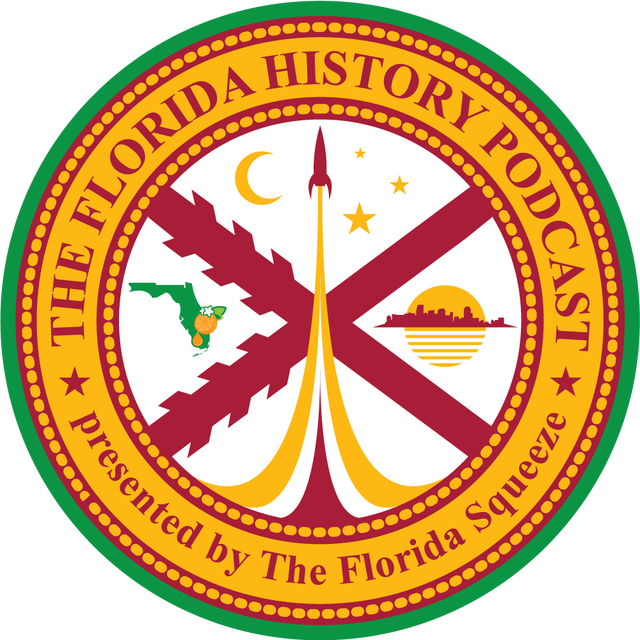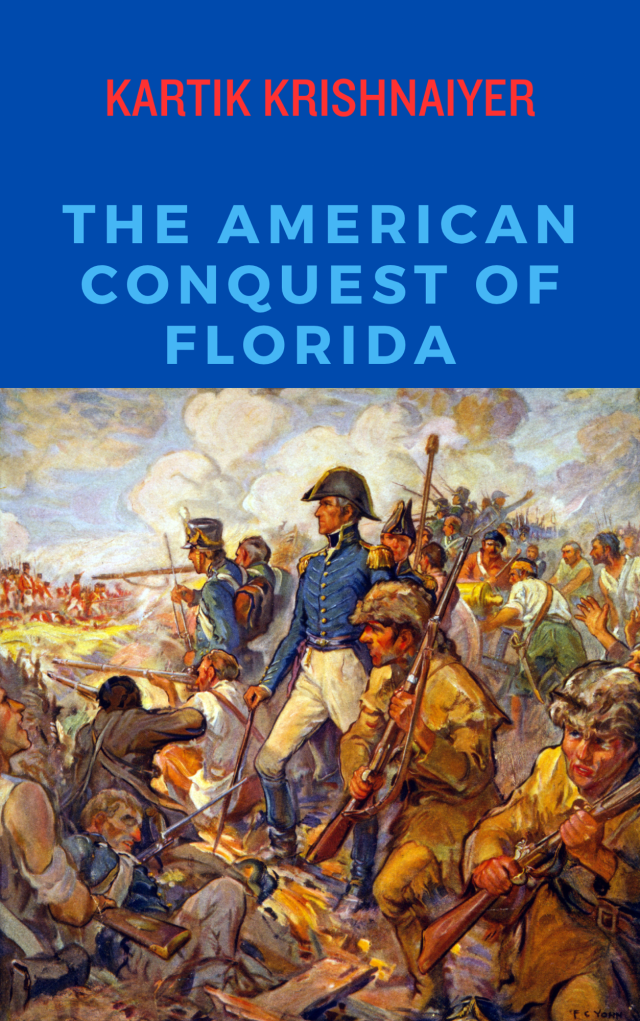 On Thursday, Major League Soccer announced the list of the 10 locales that are in the running for Major League Soccer clubs 25-28. Miami which was originally slated as team 20 or 21 has slipped to 24 and from the outside view is nowhere closer to securing a team than they were in 2013 – and rumors persist that David Beckham is close to pulling the plug on the area.
On Thursday, Major League Soccer announced the list of the 10 locales that are in the running for Major League Soccer clubs 25-28. Miami which was originally slated as team 20 or 21 has slipped to 24 and from the outside view is nowhere closer to securing a team than they were in 2013 – and rumors persist that David Beckham is close to pulling the plug on the area.
Tampa Bay was named among the 10 locales by MLS on Thursday and as we discussed on December 7, the bid to bring the top soccer league in the United States and Canada to Downtown St Petersburg is a sure-fire winner. On Thursday Rowdies Chairman & CEO Bill Edwards said:
“It’s great to know that less than two weeks after announcing our #MLS2StPete campaign, Major League Soccer is acknowledging us as one of the potential expansion cities,” stated Rowdies Chairman and CEO Bill Edwards. “Bringing Major League Soccer to the Tampa Bay Area by 2020 is my goal.”
The Rowdies formal bid for an MLS team was announced on August 6, but the side which currently plays in the lower division United Soccer Leagues has major advantages over many of the other nine finalists. In Bill Edwards, the Rowdies have an owner whose net worth probably meets MLS requirements unlike most of the other interested cities and clubs. The Rowdies have a solid stadium plan which is far ahead of each of the other potential new MLS markets with the possible exception of San Antonio. But unlike San Antonio, whose facility is far from the center of town, the Rowdies Al Lang Stadium is right on Tampa Bay in Downtown St Petersburg. Finally, the Tampa Bay media market is the largest single one that does not have an MLS team currently – with the league increasingly concerned about lagging TV ratings this market makes sense.
Since Miami continues to be a struggle why should Tampa Bay with an existing club, a real stadium plan and a capable owner step right in? As was written here a little over a week ago (with some revisions):
It is important to note while arguments can be made for Miami as an important MLS market, the Tampa/St Petersburg TV market is actually larger than Miami/Fort Lauderdale. It is also critical to note that between 1975 and 2016, the Tampa Bay area and Miami/Fort Lauderdale areas have had pro teams in the same soccer leagues for 25 seasons. In that period only three times did the southeast Florida team boast higher attendance than the Tampa Bay-based one. This includes four seasons in Major League Soccer (1998-2001), where Tampa Bay led Miami in attendance three of the years, and nine seasons in the NASL (1975-1983) when Tampa Bay led Miami or Fort Lauderdale every single season.
Miami is more of a global branding opportunity than a soccer-crazed market. Major League Soccer has survived for years without a Miami team, and now is thriving despite the debacle taking place under the palm trees in southern Florida. But Tampa Bay’s stadium plans – a waterfront vista in St Petersburg probably represents something far more “Florida” than anything Miami can conjure up. This is also exactly what MLS wanted David Beckham to produce – a waterfront vista, but he was unable to secure the community and political support for the project.
While the Tampa Bay market “failed” once before in MLS, that was a different time. A fear about cannibalization of the audience from Orlando which is nearby could be real, but the rivalry implications (Orlando City and the Tampa Bay Rowdies already have a robust rivalry fostered at the lower-division and US Open Cup level) probably offset those concerns. A “war on I-4” rivalry would be far bigger for MLS then an organic club like Orlando City battling a manufactured and largely plastic club like Beckham’s Miami entry promises to be.
–
MLS has to likely add a 24th team in 2018 or 2019 before the next round of expansion begins in 2020. With LAFC entering the league in 2018, the idea of the Tampa Bay Rowdies replacing Miami as team 24 to begin league play let’s say in 2019 should be strongly considered.







Tampa Bays stadium plan does not satisfy USSF standards.
UNITED STATES SOCCER FEDERATION PROFESSIONAL LEAGUE STANDARD
II. Division I Men’s Outdoor League
b. Markets; Stadia; and Fields
iii. League stadiums must meet the following parameters:
1. All stadiums/arenas must be enclosed.
2. All league stadiums must have a minimum seating capacity of 15,000.
The pictures the Rowdies show is of an open stadium with big sections missing. They need to find another location where they can build an enclosed stadium, that one does not appear to qualify.
LikeLike
Given the USSF’s willingness to hand out waivers almost like cans of coke to lower division teams, the Rowdies cannot be faulted for thinking they might get away with that :)!
LikeLike
Considering USSF let’s Portland play in a horseshoe that’s in a hole in the ground, the St. Petersburg stadium is more than adequate.
LikeLike
What does USSF mean by “enclosed”? Probably nothing more than that there must be a fence or a barrier to keep non-paying customers out (which the current Al Lang Stadium has, and the future expanded Al Lang Stadium will also have). Otherwise, there are “holes” at one end of San Jose’s SSS, and “holes” at the four corners of Orlando’s SSS, several “holes” in Portland’s SSS, and so on. That’s ridiculous. Do you really believe that the Tampa Bay Rowdies put in a formal MLS bid without knowing the actual USSF D1 standards that they are required to meet? #COYR #MLS2StPete #MLS2TampaBay #Rowdies
LikeLike
Think about it. “Enclosed” has nothing to do with fan boy ideas about “proper” soccer stadium design. “Enclosed” means that random non-paying fans can’t simply walk in off the street and watch for the game for free. That’s it. The Al Lang Stadium proposal meets all of the USSF D1 requirements.
LikeLike
It is also possible that once the Rowdies are approved for MLS, and once the St. Pete voters approve the long term lease of Al Lang Stadium, Bill Edwards might change the stadium plan and knock down the existing structure and reorient the field – if he has the extra time and extra money to do that, and somewhere else to play while the work is being done. The current plan is designed for minimal money and can be done without having to move the Rowdies to a temporary stadium; but certainly it is a plan that can change if circumstances change.
LikeLike
Tampa Bay Rowdies in the MLS is a great idea.
In the NASL 1970s-1980s Tampa and St Pete supported the Rowdies better than any other team except one.
They were a great team to watch, and the fans were great!!
However this stadium plan looks horrible!
The money seats /luxury boxes are at mid field and going out from there, this stadium idea is backwards starting in the cheap seats in the corner and going outward, with most of the middle missing.
They either need to tear down and build new in the same location or find another spot.
Looks like they are hemmed in by streets on either side of it.
And Kartik Krishnaiyer your one of my favorite soccer commentators, my ears always perk up when I hear you on a podcast.
LikeLike
Thank you!
LikeLike
Goodbye Miami, welcome the Rowdies to MLS.
LikeLike